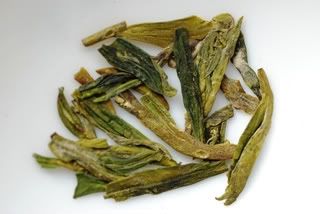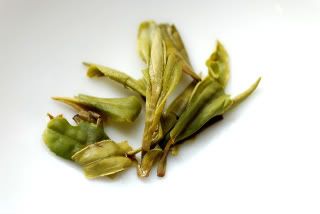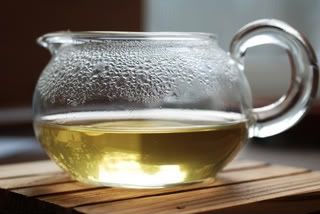Shincha is the first sencha of the season. I've wanted to try it for quite some time, so I was very excited when I found a small package from Japan in my mailbox yesterday.
Shincha is a somewhat controversial tea: some purists (and some tea growers) say that sencha needs time to age and develop flavor. On the other hand, first of the season anything is very special (just think of those scrawny May strawberries!) So it shouldn't surprise you that there is quite a commotion among tea enthusiasts when shincha is released.
Source: Iwaki, Fukushima, Japan
Leaves: bright green with flecks of light gold, small
Aroma: dry leaves are light and vegetal, if I could eat them, I would!
Liquor: light, refreshing, slight asparagus notes. No astringency whatsoever!
Brewing parameters: First infusion: 170F water, 3.5 g of leaf for my 10oz kyusu, brewed for 1 min. For the second and third infusions I upped the temperature a little (175F) and brewed for shorter time.
As the case with most Japanese goods, the packaging is stunning.
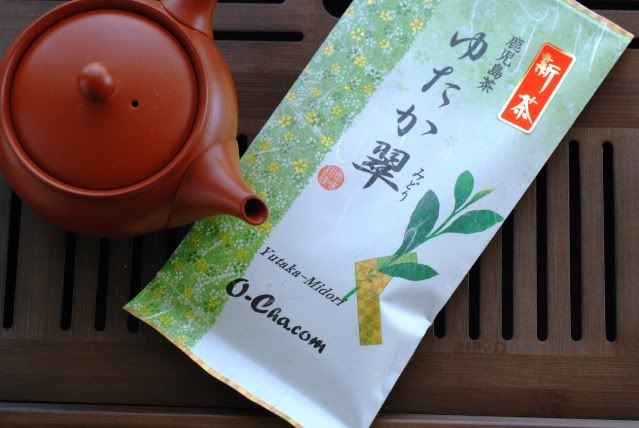
The smell of the tea reminded me of gyokuro--sweet, lightly vegetal, fresh. The leaves are very green and broken.
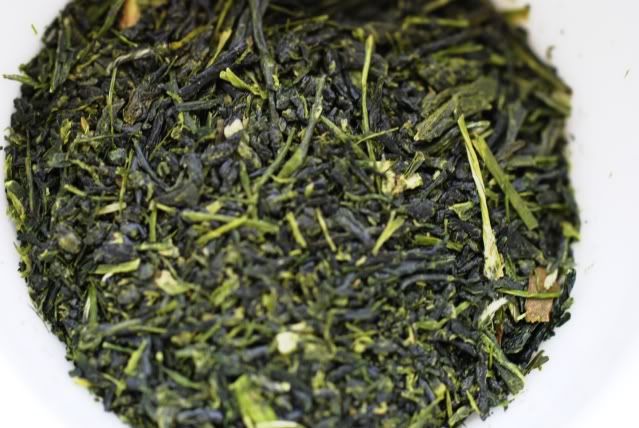
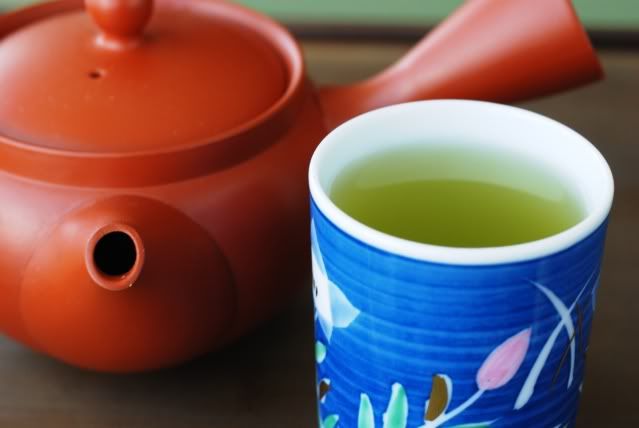
Honestly, I wished the flavor lived up to the smell of this tea, but it was much lighter, but pleasantly vegetal. Next time I'll use more leaf.
Overall, I liked the tea. Would I buy shincha next year? You bet!
Shincha is a somewhat controversial tea: some purists (and some tea growers) say that sencha needs time to age and develop flavor. On the other hand, first of the season anything is very special (just think of those scrawny May strawberries!) So it shouldn't surprise you that there is quite a commotion among tea enthusiasts when shincha is released.
Source: Iwaki, Fukushima, Japan
Leaves: bright green with flecks of light gold, small
Aroma: dry leaves are light and vegetal, if I could eat them, I would!
Liquor: light, refreshing, slight asparagus notes. No astringency whatsoever!
Brewing parameters: First infusion: 170F water, 3.5 g of leaf for my 10oz kyusu, brewed for 1 min. For the second and third infusions I upped the temperature a little (175F) and brewed for shorter time.
As the case with most Japanese goods, the packaging is stunning.

The smell of the tea reminded me of gyokuro--sweet, lightly vegetal, fresh. The leaves are very green and broken.


Honestly, I wished the flavor lived up to the smell of this tea, but it was much lighter, but pleasantly vegetal. Next time I'll use more leaf.
Overall, I liked the tea. Would I buy shincha next year? You bet!
